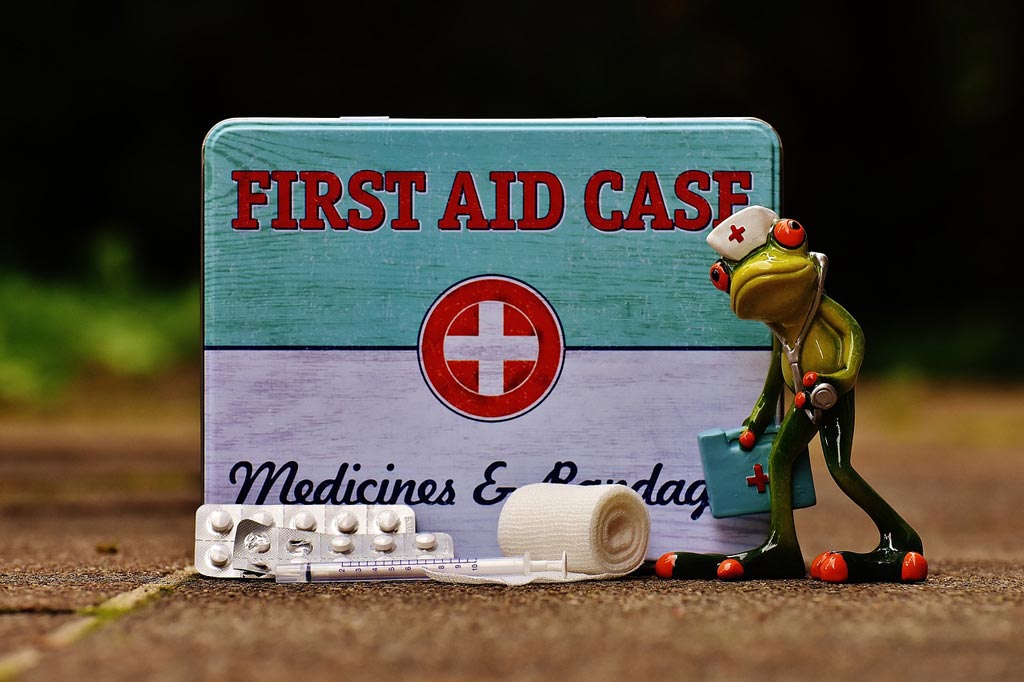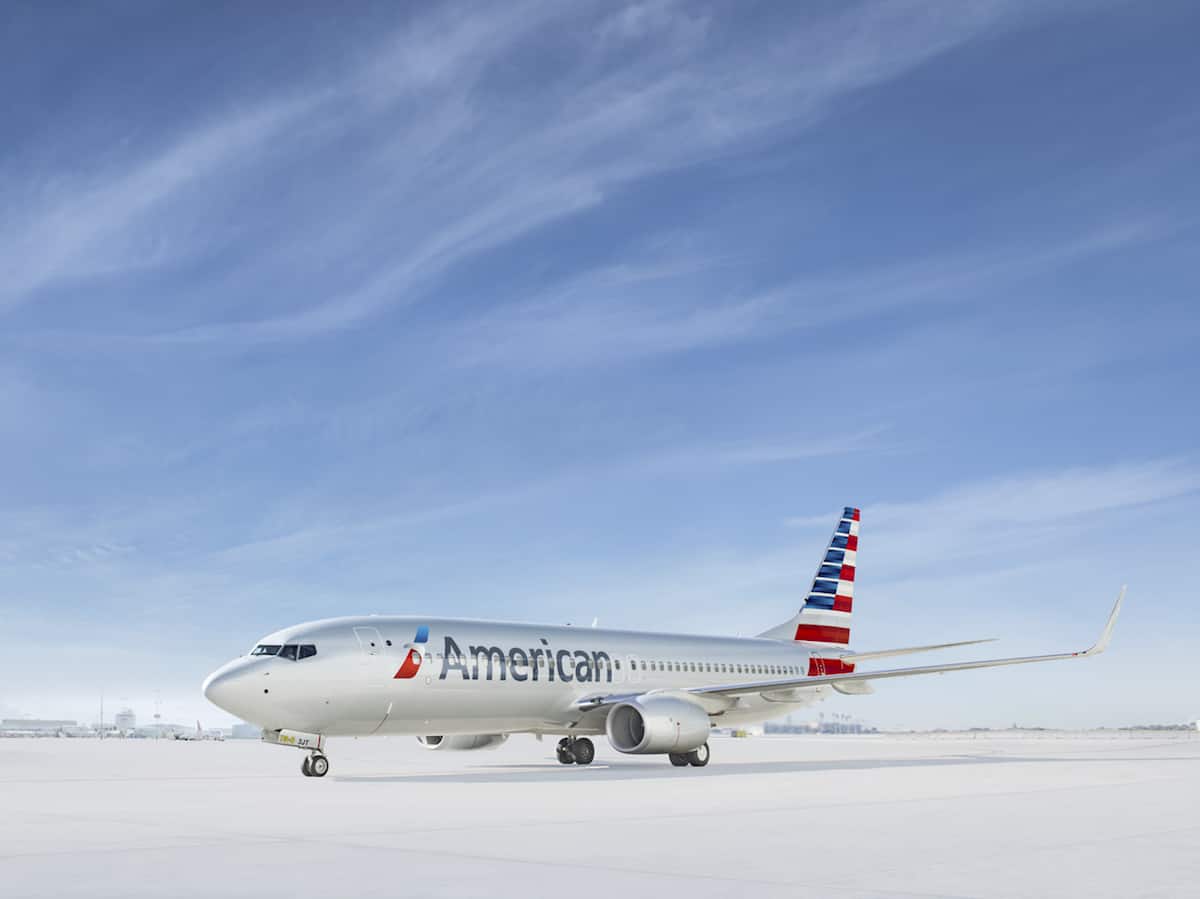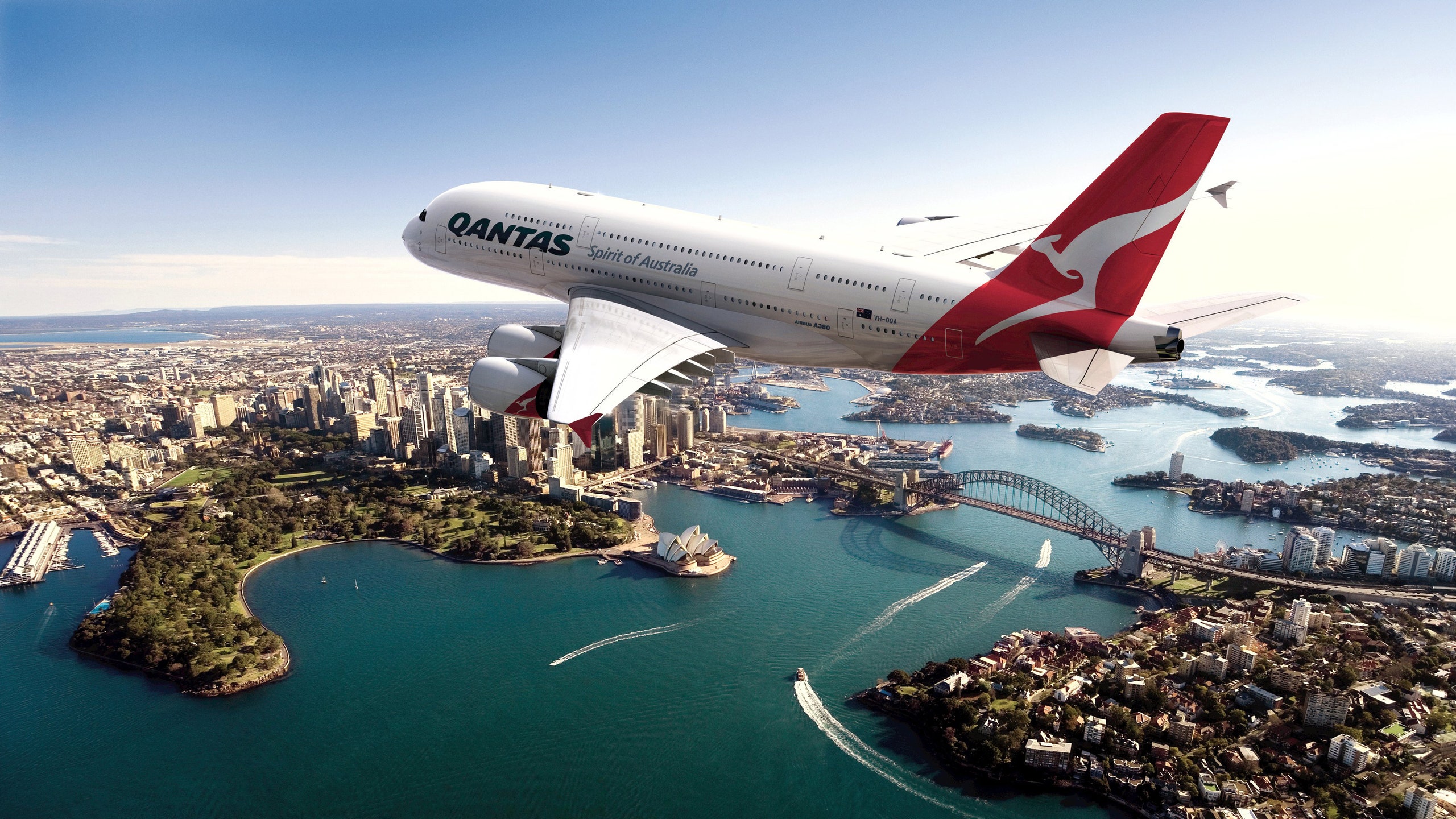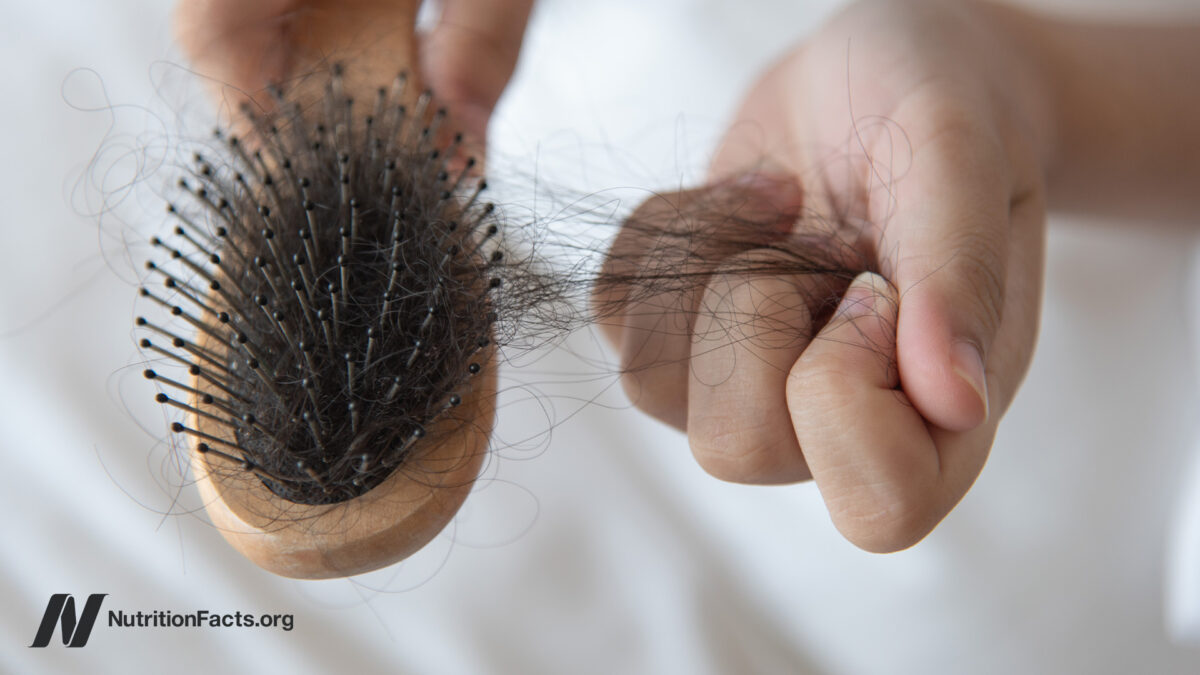How to Pack a Travel First Aid Kit
One of the biggest things that Dave and I always struggle with when getting ready for our travels is how to pack a travel first aid kit. We just never ... Continue Reading Read the original post How to...

One of the biggest things that Dave and I always struggle with when getting ready for our travels is how to pack a travel first aid kit. We just never know what we are going to need, but at the same time, we hate carrying too much stuff. Then again, we really do need to be prepared for any situation – especially when going off the beaten path.
We have been in hospitals on 4 different continents. We’ve had severe blood infections in Africa, a sprained ankle in Ireland, a broken back in the Amazon, and dangerous illnesses in India. (I’ve suffered from 3 different types of parasites) While we’re fans of packing light, we are also fans of being prepared. After years of honing our packing skills, we have created a list of things we always put in our first aid kit to be prepared but to also keep things simple and light weight.
First Aid Kits for Travel
Travel will be very different for a few years after COVID-19. A first aid kit should now include an N95 surgical face mask and hand sanitizer, alcohol wipes, and disinfectant wipes. We use wipes to clean our armrest and table tray on airplanes and other transportation. Plus, these days, a digital thermometer to check for a fever is a good idea to be part of any first aid kit for travel. We are even carrying Rapid tests for COVID since here in Canada, we can pick them up for free.
Disclosure: This first aid checklist does not replace personal medical advice from a qualified doctor. We recommend going to a travel health clinic and talk to your doctor for professional information.
Most of the items listed are found in a basic first aid kit that you can buy in an outdoor store. You can start off by purchasing a pre-stocked travel first aid kit and then take away and add what you need to it. That way you don’t need to buy every item in bulk. For a first aid kit for travel, you only need a travel size.
You can check out the best first aid kits to suit your needs here on Amazon now. You can then mix and match what you need just remember to keep it light weight. You can just bring a few items rather than packing in bulk.
First Aid Kit Checklist
To start off, here is a quick checklist of basic items we’ve added to our first aid kit bags.
Tweezers
You’d be amazed at how many splinters we’ve gotten while traveling. And they can become infected too. Pack a good pair of Tweezers like these ones.
Gauze Pads
I think that gauze pads are more important than band aids. Gauze and tape will take care of a cut of almost any size. We often carry band aids with us but end up having a cut that is too large. Gause with some tape does the trick
Surgical Tape
It’s great to have gauze pads, but you need to tape it on with something. Plus, the surgical tape can also help tape up a sprained finger or be used for other minor injuries.
Allergy medication
We keep Benadryl on hand for possible severe allergy reactions. And we use Claritin for regular environmental allergens.
Antihistamine cream
Dave was swarmed by fire ants once and having this cream to treat the bits helped ease the pain.
Surgical Gloves
When Dave was attacked by said fire ants in Honduras, I tried to brush them off his back, but they swarmed by hands. When another traveler whipped out his surgical gloves and brushed them off quickly, I have carried them ever since.
Scissors
Small scissors are good for cutting gauze pads and moleskin and to use for a number of things when traveling. Get a small travel size pair to keep in your kit.
Insect Repellent
Insect Repellent is our number one prevention for diseases that are transmitted through mosquitoes so have a good insect repellant. It is up in the air whether to go Deet free or not. A lot of professionals recommend high Deet content, we prefer more natural products in addition to covering up by wearing light weight long sleeve clothing.
Sunscreen
Sunburns can be very serious when traveling. Too many people head to the beach and get severe burns from the tropical sun. We usually cover up and wear hats instead of smothering our bodies with sunscreen. Even when surfing or snorkeling, we wear long-sleeved board shirts and shorts.
Lip Balm
A must in my books. Soothes sunburned lips and when trekking or climbing it soothes chapped and wind burned lips. Try to look for a chapstick that has SPF to protect your lips from the sun.
Gold Bond
We always swear by Gold Bond powder, it relieves heat rashes and prickly heat. It’s perfect for adventure travel, long treks, and in hot and humid climates
Anti-diarrheal
Imodium (Loperamide) has been a lifesaver for us in the past during long bus rides.
Elastic Bandage
We have sprained ankles and wrists during our travels. You can carry an elastic bandage for knees or ankles and a Triangular Bandage is great to have on hand to put your arm in a sling. Make sure to have some safety pins to go along with it to hold it in place. You only need one of each. Self Adhesive bandages are a good idea to eliminate safety pins and can be used for virtually anything. Plus you don’t need scissors.
Ibuprofen, Decongestants
Of course, we always have the usual pain and cold relief medications. Acetaminophen and Ibuprophin also help reduce fevers should you get sick on the road.
Nexium or Zantac
Indigestion and heartburn can occur a lot when traveling, Esomeprazole is great to have in your bag when traveling. Especially when eating a lot of exotic foot.
Eye Drops
I suffer from Allergies and it is packaged in a small bottle so eye drops are an essential part of my first aid kit. So for us allergy eye drops are a good choice to reduce allergy symptoms. If you wear contact lenses, you may want to pack moisture drops – before getting Lasik, my eyes were always dry while traveling.
Essential Oil
Tiger Balm or peppermint essential oil is great for relieving sore muscles and headaches and I use both when my nose is stuffy. Plus it masks odor on long buses or flights. I have sat beside some pretty stinky people.
Adventure Travel Items for First Aid
Not all of these items usually aren’t needed in a regular medical kit, but when traveling to remote destinations or developing countries, we have them on hand.
Rehydration Tablets
When dehydration sets in it can be very dangerous. Water won’t do the trick fast enough so we always have rehydration Tablets in our kit to replenish electrolytes fast! We prefer the Nuun brand that we picked up at Mountain Equipment Co-op. Often times we take these tablets when we feel symptoms coming on and they have helped to prevent us from becoming full-blown sick.
Anti-nauseant tablets
For Anti-nauseant we use Gravol and it works great. I tend to get motion sickness a lot. Especially on buses and winding roads. Gravol has been my friend on many occasions.
Syringe and Suture Kit
We still carry a suture syringe kit to ensure sterile medical supplies and needles when going to remote places. The world is evolving quickly and chances are we won’t need it, but in developing countries and remote locations, we don’t want to take any chances. Note: We have never had to use our suture kit, but it gives us peace of mind in remote locations.
Moleskin
Hikers will know Moleskin as a staple piece of adventure gear and hiking to protect your feet. Moleskin is great for treating blisters. It helps to protect against blisters when hiking. No matter how well worn your hiking boots are, blisters can develop, be ready for them with Moleskin. Make sure to have travel scissors on hand.
Cuts and Infections
Antiseptic Wipes
For cleaning wounds when traveling, keep a small bottle of saline solution on hand (this will make sure you have clean water) I’ve had a serious infection in Africa when my small cut was infected by unclean water. The best way to clean a wound is with soap and water, so if you have an open cut, saline solution will guarantee the water is clean. If you don’t have water on hand antiseptic wipes in your kit will be able to clean a wound immediately. Getting the bacteria out fast can prevent infection. You can use the alcohol wipes as double duty, to help keep things light. Saline solution can be bought where contact lenses are sold.
Fucidin Cream
This is a prescribed antibiotic cream that treats cuts and scrapes. In a tropical climate, a small cut can lead to infections quickly. We’ve had cuts get infected all over the world and this is the cream all doctors used on our cuts after the infection set in. If we can’t get our hands on prescribed antibiotic cream like Fucidin, Polysporin is the next best thing.
Tropical First Aid Tips
In the tropics, small cuts can become infected quickly and it is important to clean them as soon as they happen.If you get a cut in the islands: Clean wounds immediately (basic first aid kits usually come with antiseptic wipes). People don’t recommend peroxide or alcohol anymore, but if you don’t have a saline solution and the water is questionable in your destination it is important to use what is on hand to clean the wound immediately any way you can. I’ve had a cut turn into Celulitis within hours and nearly lost my leg to infection. (I’m not exaggerating). In Thailand, we had a motorcycle accident and Dave’s minor burn turned into an ugly mess where he was in the hospital the next day needing a very painful cleaning to get the dead skin removed because we didn’t clean his wound properly. Infections can spread quickly. Then apply a topical antibiotic ointment like Fucidin Cream (Polysporin if you don’t have a prescription) to prevent infection.And finally, keep the wound covered with bandages or band aids to prevent bacteria from getting in.Prescription Medication
When it comes to prescription medication, we always get it filled before leaving home and keep copies of our prescriptions on hand. We make sure to keep our prescriptions in their original packaging for border crossings and immigration. Here is a list of medications that you may want to talk to a doctor about getting filled before leaving on your trip.
Disclosure: If traveling overseas, it is important to visit a doctor at a travel clinic to see what immunizations and medications we will need depending on your activities and your destination. These are prescriptions we have used in the past that were prescribed by a doctor before leaving Canada.
Malaria
There are several Malaria medications you can use, but Malarone works well for us. Malaria is no joke and we personally know people who have had it. Malarone has the least side effects for us, but we have also used Doxycycline or Lariam. (the generic name is Mefloquine) We discuss everything with our doctor to see what is best for us.
Altitude Sickness
Apo-Acetazolamide: We like to climb mountains and we always take altitude medication with us. The name brand we use is Diamox. It contains apo-acetazolamide which alleviates altitude symptoms and helps us feel better. But we make sure to follow the instructions exactly and we drink plenty of water to keep us hydrated.
Diarrhea
Unfortunately, we seem to get bad cases of diarrhea when traveling a lot. We keep Ciprofloxacin in our first aid kit and it has saved our bacon many times in our travels when we can’t get to a hospital. Ciprofloxacin is a prescription medication that fights bacterial infections.
Cold Sores and Fever Blisters
Acyclovir is a prescription medication for cold sores. Dave has a real problem with fever blisters or Cold Sores acting up in extreme heat. This stuff works wonders. The minute Dave feels a tingle on his lip, he pops 4 pills and the cold sore never comes up.
Vaccines
It is important for us to go to a travel clinic to discuss what vaccines we need for travel. In 2022, COVID vaccines are required to enter many countries, but there are other vaccines that have always been a staple of travel as well. We make sure to go to the travel clinic at least 6 months before our travels as some vaccines require several treatments and boosters. Talk to your doctor for more information. The Government of Canada has a good list of recommended vaccines for countries around the world.
A list of potential travel vaccines are
COVID-19Hepatitis A & BMeaslesYellow FeverTyphoidJapanese EncephalitisInfluenzaRabies – Rabies shots do not prevent rabies but slow the spread of the infection giving you time to get to the hospitalWater
Water can be iffy in some parts of the world and we like to do our part to help the environment rather than always buying bottled water. Plus, if we are in the back country, we can’t always get to fresh water, so we purify it ourselves. These are the systems we keep in our kit to purify water when in doubt.
Water Purification Systems
The main cause of a lot of illnesses when traveling is drinking contaminated water or eating contaminated food. It’s a good idea to have some sort of water purification system on hand. We carry a SteriPen and our own reusable water bottle. The Steripen purifies water with ultraviolet light in seconds. LifeStraw is another great purification system that we have used in the past.
Water Purification Tablets
Water Purification Tablets are good in a pinch. We always buy tablets that do not contain iodine. Even when using a SteriPen and LifeStraw, we keep water purification tablets in our first aid kit as a backup. If we feel the water is really dirty we’ll add a tablet to be safe.
Pro Tip for travel – When it comes to liquids, we put large bottles of liquids into smaller bottles like Gotoobs to keep everything light weight. We don’t carry a huge bottle of liquid with us, we just keep some in a small plastic bottle should an emergency arise. An insulated water bottle is great for all situations as well.
Planning on traveling and need a first aid kit checklist? Pin to Save to Pinterest for a quick reference
For backpacking, long-term travel, or treks, we do bring everything on this list. For shorter vacations or all-inclusive resorts, we scale it down.
If you want to get started on building your first aid kit, we suggest going to REI in the United States or Mountain Equipment Co-Op in Canada to pick up a basic kit, see what’s inside on this list and then go to the pharmacy and travel clinic to fill in the rest. Or you can purchase a travel first aid kit on Amazon right now.
Travel Insurance – We always travel with travel medical insurance. We have used it several times. Most notably when Dave broke two vertebrae in the Peruvian Amazon. Whenever we are sick beyond what we can treat with our basic medicine kit, we go to the hospital without fear of facing a large bill.
And there you have it. Our complete first aid kit for travel. What did we miss? Let us know in the comments.

 Hollif
Hollif 































